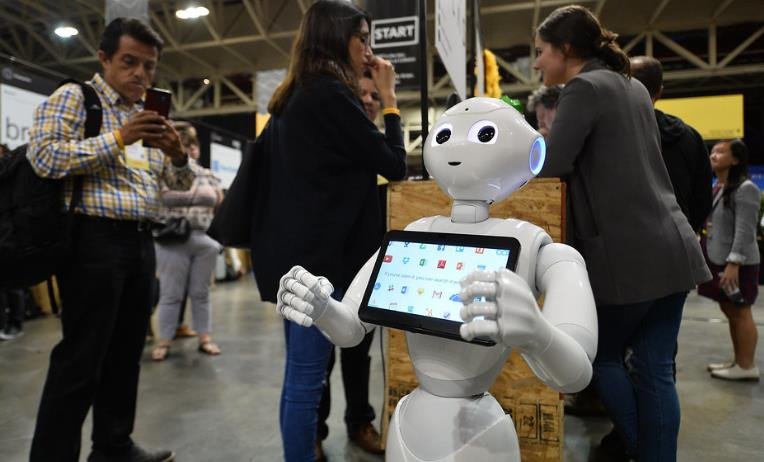Boston Dynamics, the company behind the famous Atlas humanoid robot, has released a new video that shows Atlas performing some tasks related to automotive work. The video, which has already gone viral on social media, has sparked curiosity and awe among viewers, as well as questions about the future of humanoid robots in the industry.
Atlas is by far the most advanced humanoid robot ever built, capable of explosive athleticism and remarkable agility. It has 28 degrees of freedom and can move its limbs, torso, and head in a human-like manner. It can also balance itself on uneven terrain, jump over obstacles, and perform backflips and other stunts.
Atlas is powered by electric motors and hydraulic actuators, which give it the strength and speed to perform complex movements. It is equipped with sensors, cameras, and a computer that allow it to perceive its environment and plan its actions. It can also learn from its own experience and improve its skills over time.

Atlas was originally developed as a research platform for the Defense Advanced Research Projects Agency (DARPA), but since then, it has been used for various purposes, such as disaster response, construction, and entertainment. Boston Dynamics, which was acquired by Hyundai in 2020, has been constantly updating and improving Atlas, making it more capable and versatile.
What does Atlas do in the new video?
The new video, titled “Atlas Struts”, shows Atlas working on a simulated job site, where it has to unbox and rack shocks for a car suspension system. The video demonstrates Atlas’s ability to handle objects of different shapes and sizes, as well as to coordinate its movements with precision and efficiency.
According to Boston Dynamics, the video is part of a project to explore how Atlas can be used for industrial applications, such as automotive work. The company says that Atlas can perform tasks that are “too random and disorganized” for traditional robots, which are usually designed for specific and repetitive functions.
The video also shows Atlas’s autonomy and adaptability, as it can work without human supervision and adjust to changes in the environment. For example, Atlas can detect when a box is empty and move on to the next one, or when a rack is full and stop placing shocks on it.
Why is the video important and what does it mean for the future?
The video is important because it showcases Atlas’s potential to be a useful and productive worker in the real world, especially in domains that require human-like skills and flexibility. It also raises questions about the impact of humanoid robots on the economy, society, and ethics.
Some experts and enthusiasts see Atlas as a breakthrough in robotics and a step towards a future where humans and robots can collaborate and coexist. They argue that Atlas can help humans with tasks that are dangerous, difficult, or dull, and that it can also create new opportunities and innovations.
Others, however, are more cautious and skeptical about Atlas and its implications. They worry that Atlas could replace human workers and cause unemployment, inequality, and social unrest. They also question the safety and reliability of Atlas, as well as the moral and legal issues that may arise from its use.
The video, therefore, sparks a debate about the benefits and risks of humanoid robots, and the need for a balanced and responsible approach to their development and deployment.
















